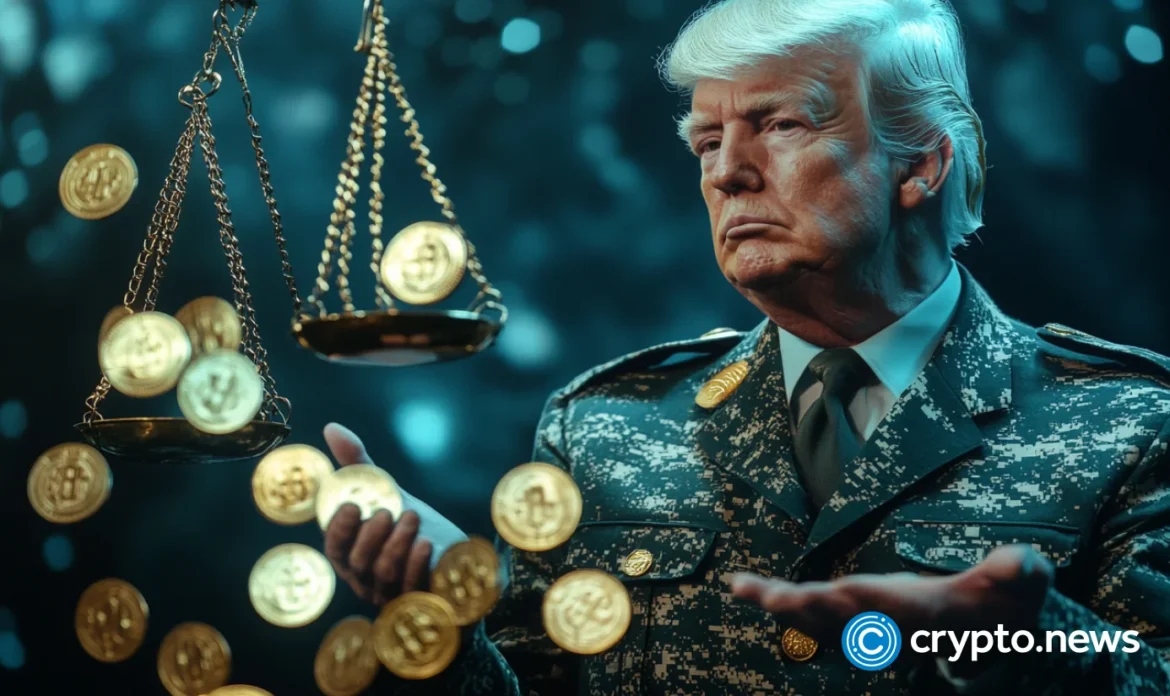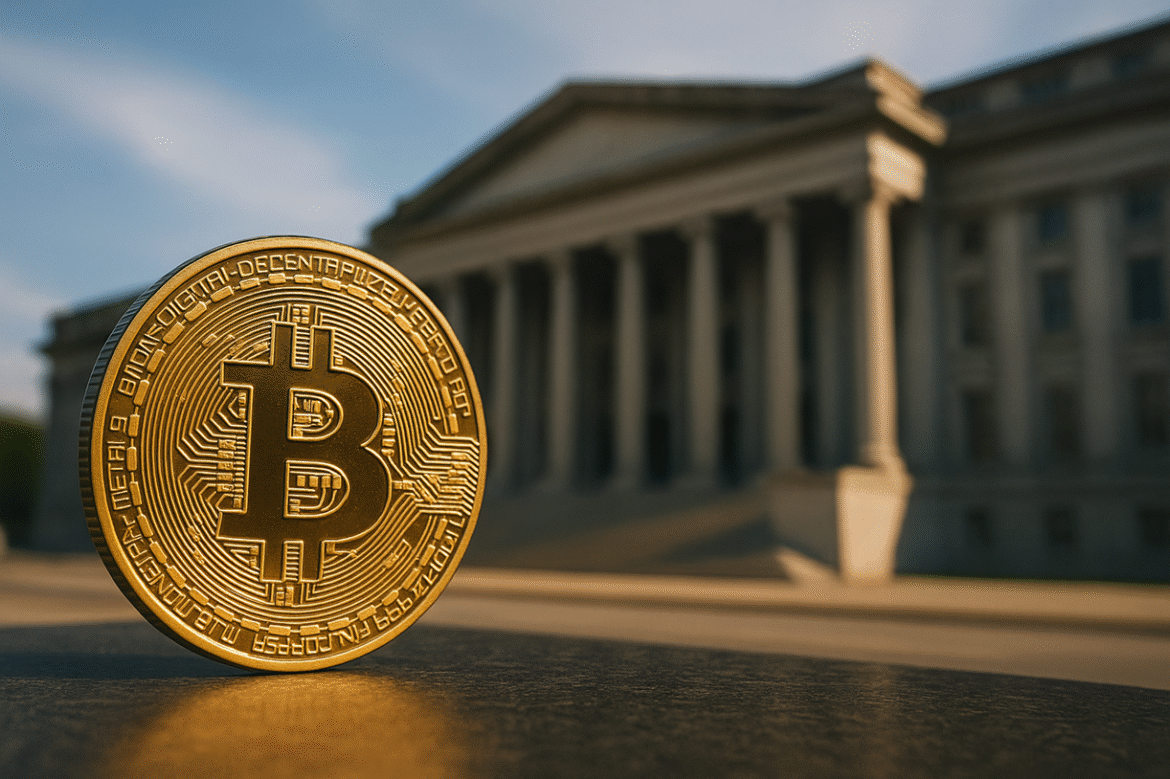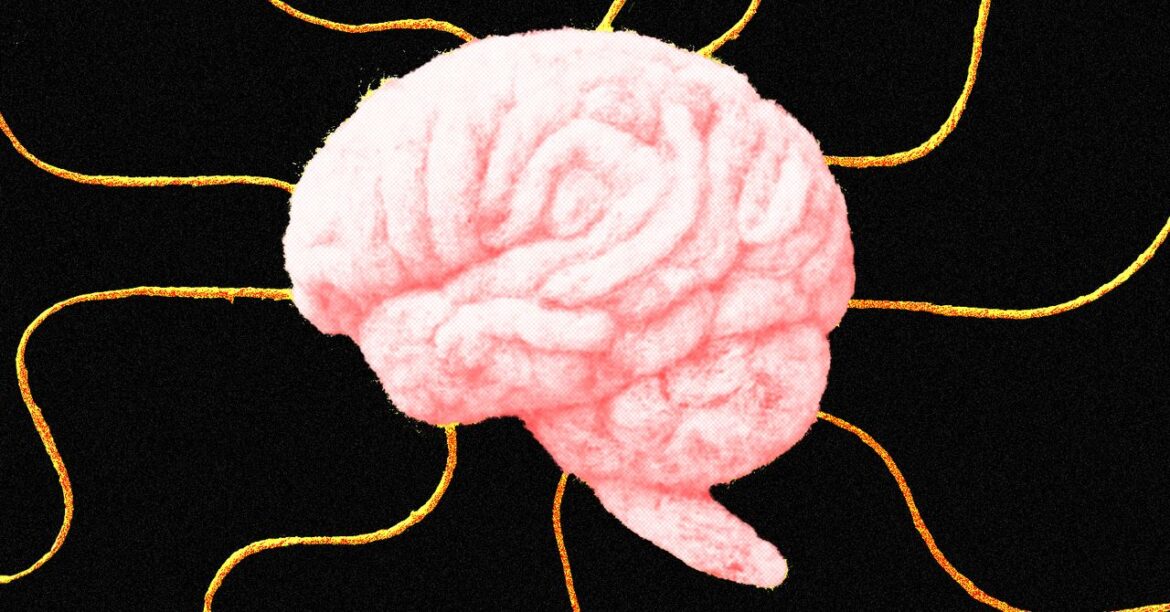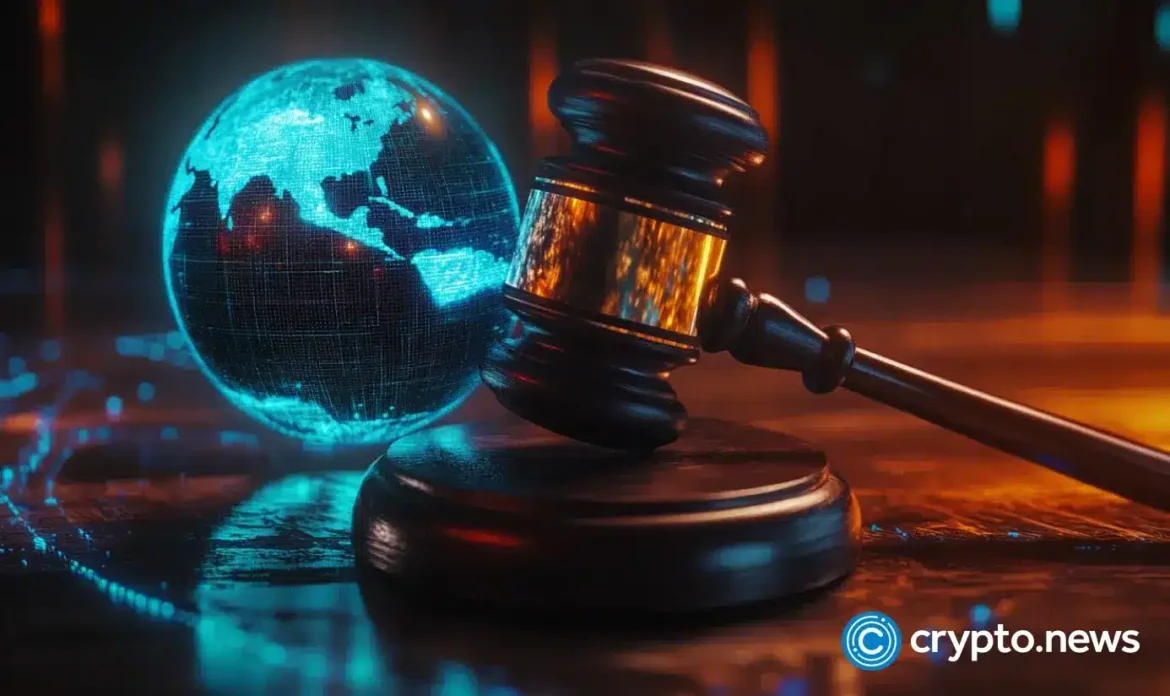The Hong Kong Monetary Authority (HKMA) has circulated plans for easing the capital requirements for banks holding cryptocurrencies, local financial news outlet Caixin reported on Wednesday.
The central bank released a draft paper for public comment with a view to clarifying the guidance on capital regulation for crypto assets, which will be implemented early next year.
The drafted guidelines focus on lowering bank capital requirements if issuers can take appropriate measures to prevent and respond to risks, according to the report.
Hong Kong has emerged as one of the world’s hubs for advancing the cryptocurrency industry through a more helpful regulatory regime. Its long-awaited guidance on stablecoins came into effect last month following a rush of applications from prospective issuers.
A switch to more lenient capital requirements for banks holding crypto could help cement Hong Kong’s status further as a global leader for crypto adoption.
The HKMA did not respond to CoinDesk’s request for comment.










